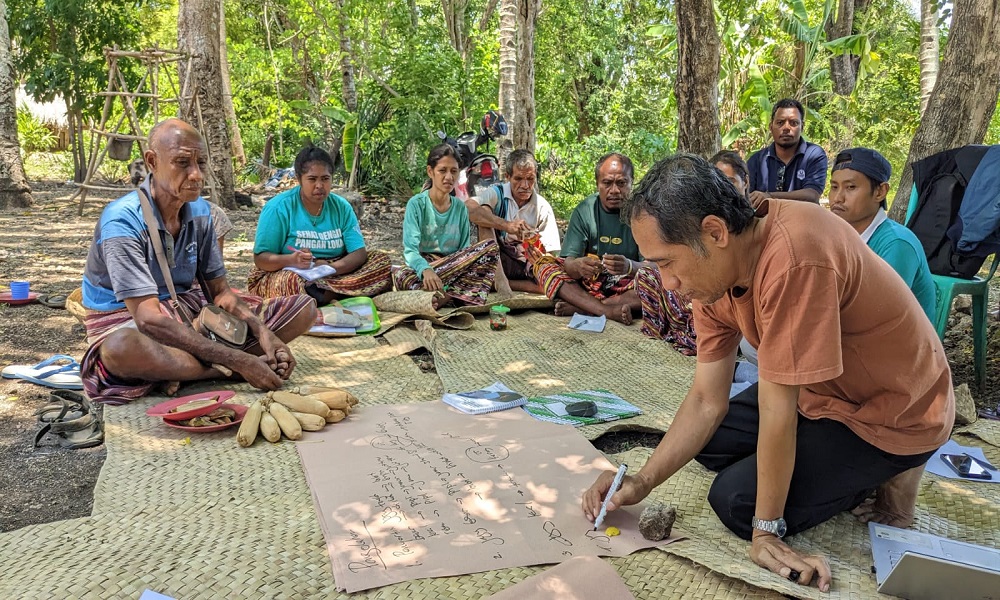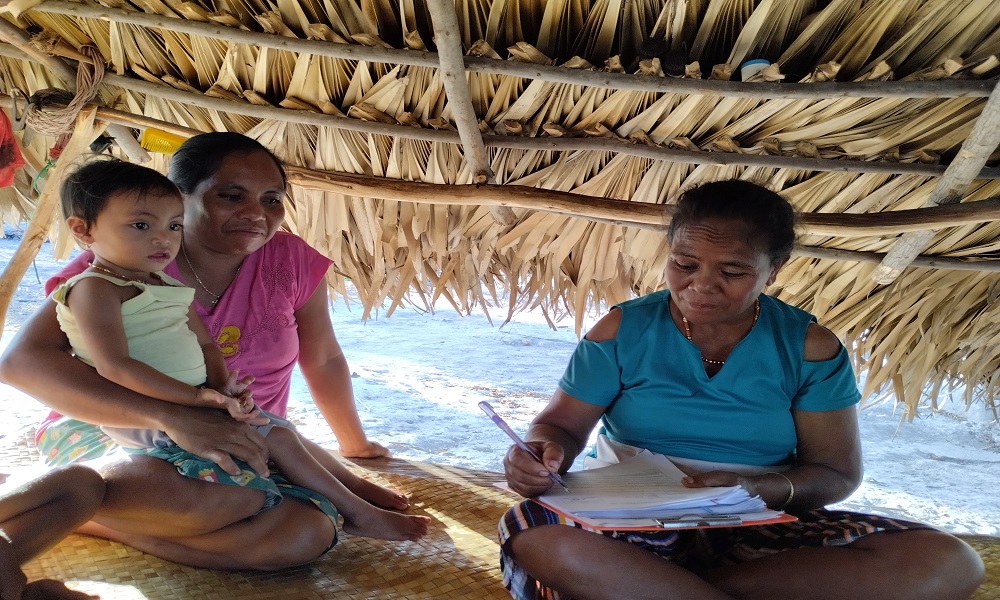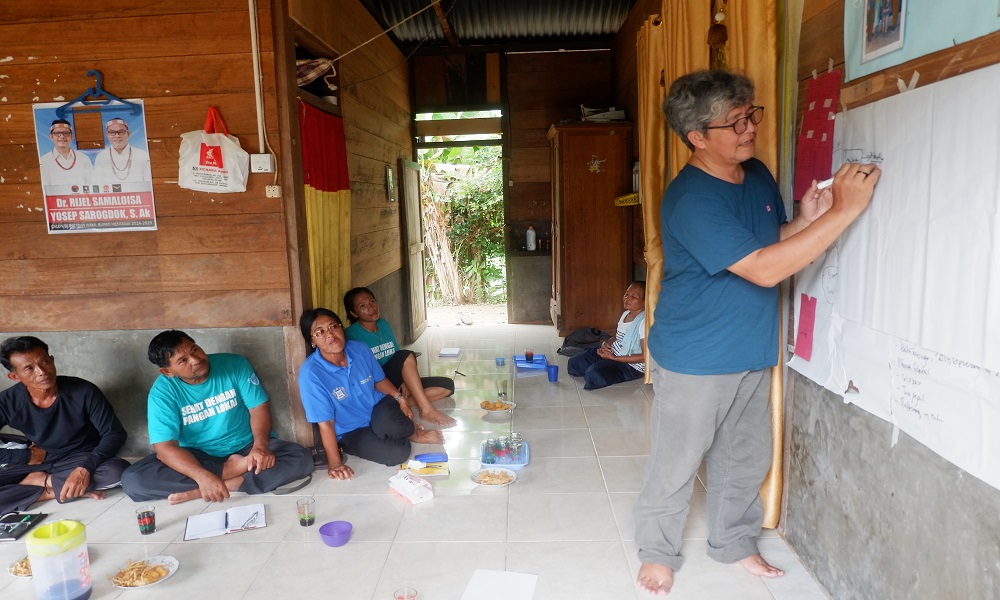
After successfully implementing Field Schools under the SSR 1 program, strategic steps are now focused on establishing production houses in four regions: Sabu, Kupang Regency, Sipora, and Siberut. These production houses are designed as critical foundations for the development of SSR 2, emphasizing cultivation, post-harvest processes, and local food processing to enhance the value of commodities in each region. The commodities to be developed include bananas, corn, taro, pigs, seaweed, crabs, and chickens. This selection is based on successful processing trials during the SSR 1 Field Schools and assessments of local potential.
The production houses will not only serve as facilities for processing commodities but also as centers for adding value to local food products. For instance, in Sipora, Saureinu village is designated as the primary supplier of bananas, while Bosua village focuses on being a production house for taro-based products. A similar approach is applied in other regions to ensure optimal roles for each village within the value chain.

Currently, assessments of the value chain and production outputs are being conducted to accurately identify priority commodities and the types of processed products to be developed. Additionally, village governments are contributing to the infrastructure development of production houses. For example, the Fisheries and Marine Department in Siberut has provided 15 pongpong (traditional transportation tools used in Mentawai’s inland areas) and 600 crab boxes to support the operations of the crab production house. Similar initiatives are taking place in Bosua and Taileleu villages, where production house construction is underway.

Heri Sasmito, a staff member of the Food Management team, stated that the establishment of production houses is expected to enhance the economic value of local food processing while strengthening food self-reliance in each region. Collaboration between communities, community-based organizations (OMB), the government, and the SSR 2 program is the key to building a sustainable local commodity-based food ecosystem.

